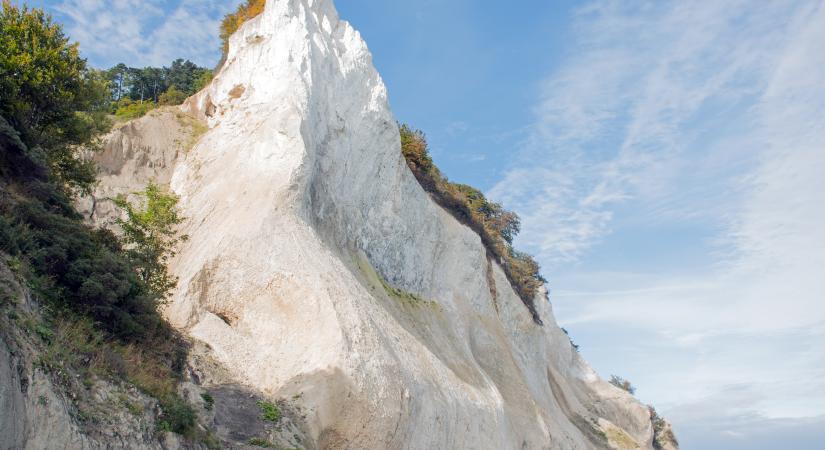Million-DKK Injection to Boost Tourism Development on Zealand and the southern Islands

The Danish government is ready to allocate DKK 10.5 million in an extraordinary initiative to ensure that the opening of the Fehmarnbelt Fixed Link attracts more international tourists, primarily from Germany and Poland.
With the upcoming Fehmarnbelt connection, a new chapter is opening for tourism on Zealand and the southern islands. The new link between Denmark and Germany creates significant potential to attract even more foreign visitors, the Ministry of Urban, Rural and Ecclessiastical Affairs writes in a press release. Therefore, the government now aims to step up efforts to strengthen tourism and accelerate tourism development on Zealand and the islands.
New Tourism Initiatives
As part of its tourism strategy, the government allocated DKK 200 million in the 2025 Finance Act for new tourism initiatives over the next four years.
Of these funds, DKK 10.5 million will be earmarked in 2028 for an extraordinary initiative designed to ensure that the opening of the Fehmarnbelt Fixed Link attracts even more international tourists, primarily from Germany and Poland. This will be achieved by highlighting the many qualities of the region and expanding holiday accomodation capacity, ensuring that the government’s investment generates value for tourism from day one of the opening.
The Fehmarnbelt Link Creates New Opportunities
Germany has for decades been the largest foreign market for Danish tourism.
In 2024, the number of German overnight stays reached a new record of more than 21 million, accounting for 32.5 percent of all overnight stays in Denmark.
However, Zealand and the southern islands remain below the national average when it comes to German overnight stays. The opening of the Fehmarnbelt Fixed Link therefore creates entirely new opportunities in the German market for Danish tourism, especially for Zealand and the southern islands, which will be significantly closer to Germany in terms of travel time.
Of the total DKK 10.5 million, DKK 9.5 million will be dedicated to an extraordinary international marketing campaign targeting Germany and Poland. This campaign will be carried out by VisitDenmark in cooperation with relevant partners and destination companies. The remaining DKK 1 million will be used for efforts to encourage more private holiday home owners on Zealand and the southern islands to make their quality homes available for rental.

